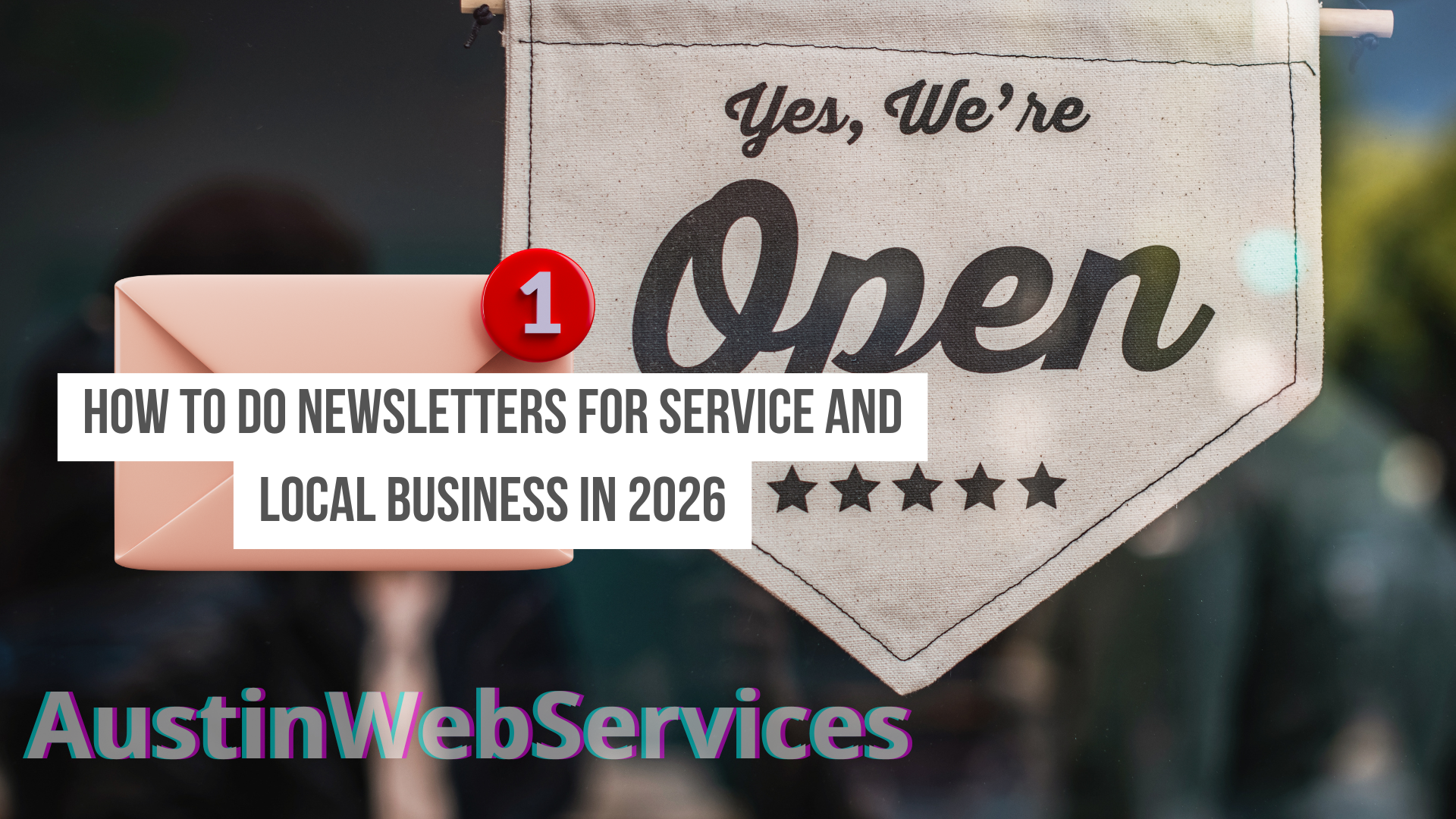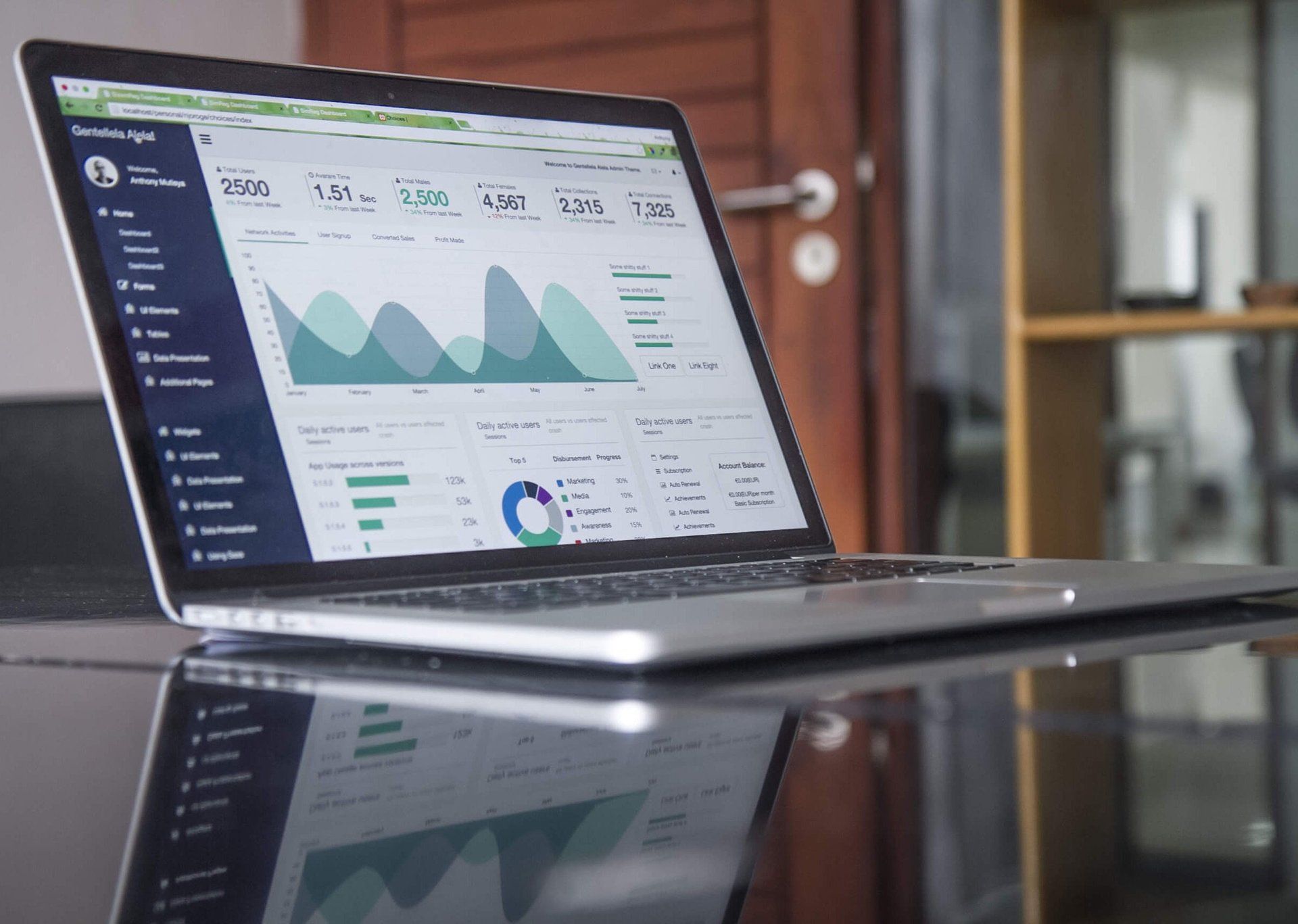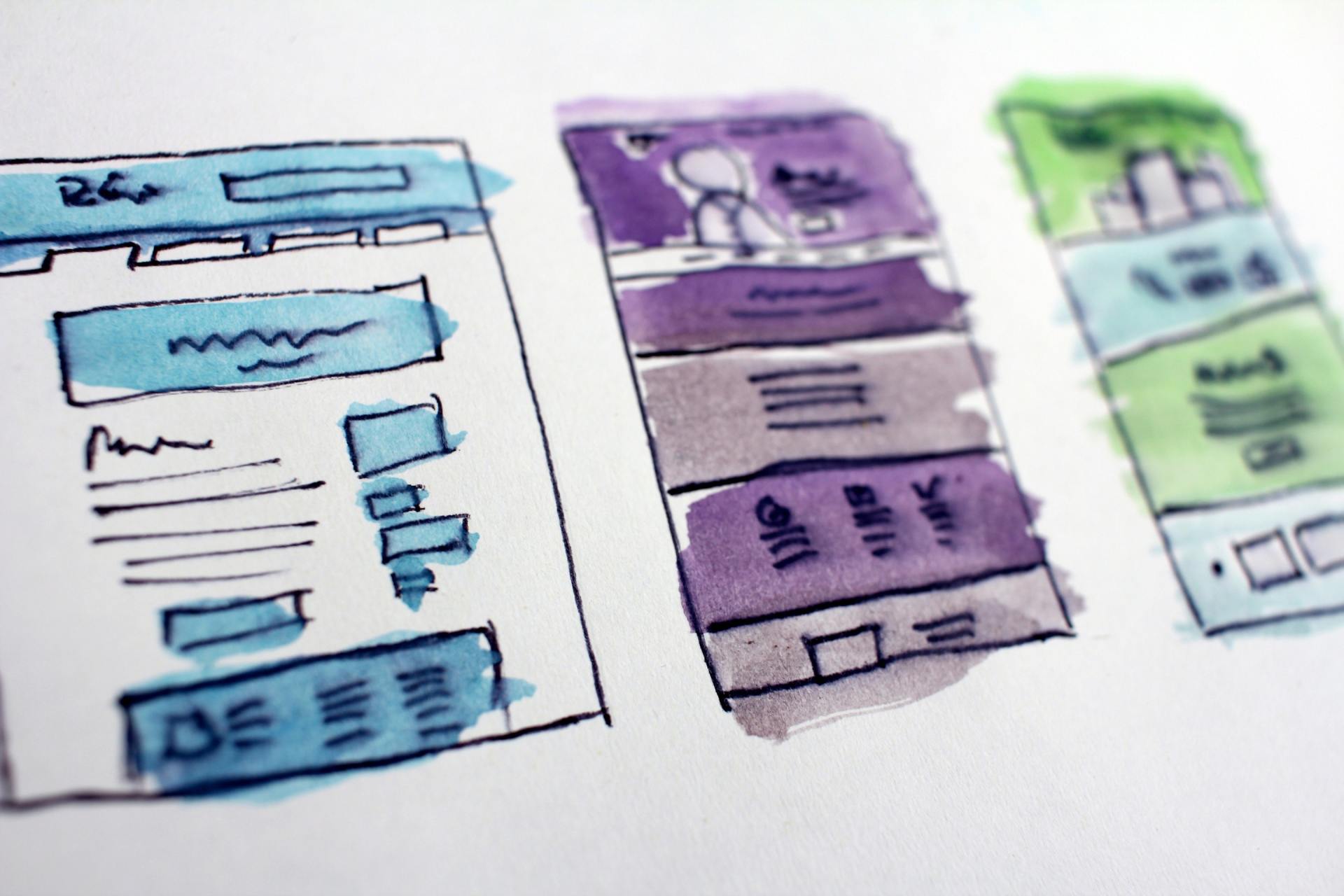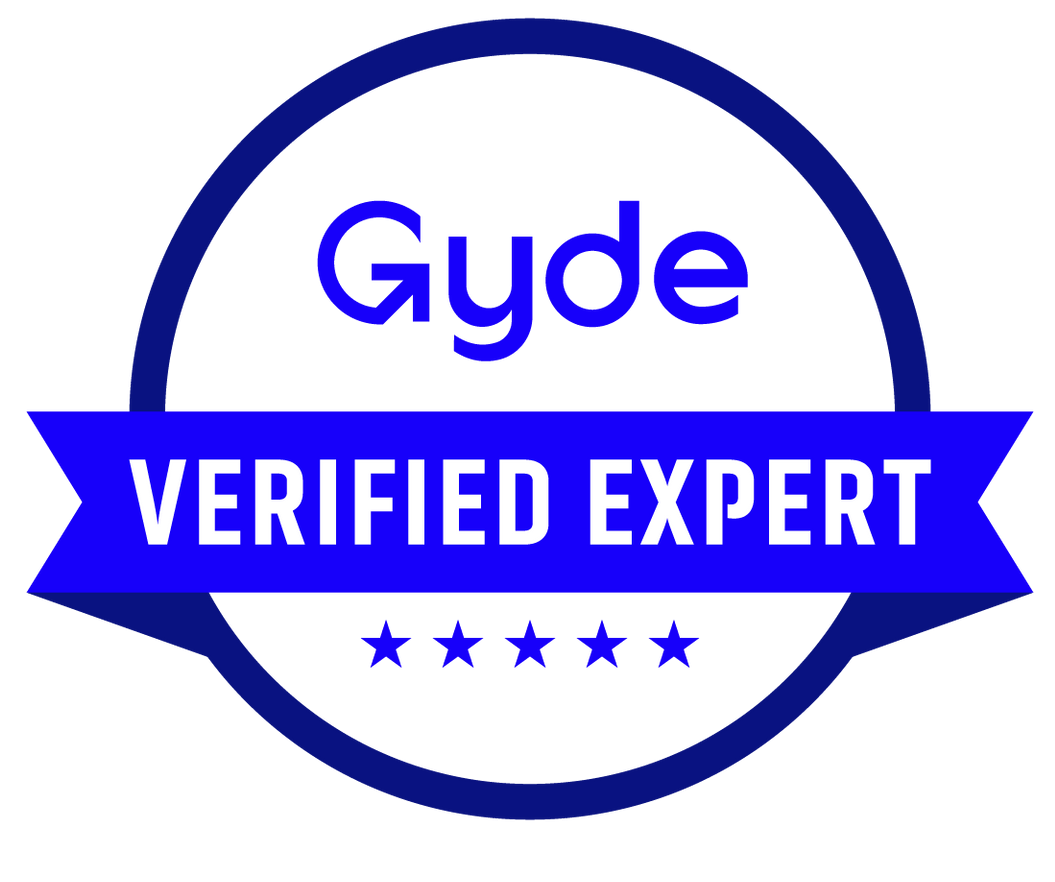Nestled in the heart of Austin, Texas, Waterloo Records & Video has been a cultural landmark since its founding in 1982. Born during Austin’s rise as the "Live Music Capital of the World," Waterloo quickly became a haven for music lovers, offering an unmatched selection of vinyl, CDs, and music videos. Despite the challenges of a shifting music industry, Waterloo has thrived by blending innovation with its deep-rooted passion for music, cementing its status as a beloved Austin institution. This article explores Waterloo’s journey, from its humble beginnings to its forward-thinking vision, and how it continues to shape Austin’s vibrant cultural landscape.
Why is Waterloo Records Relocating? and where?
Waterloo Records & Video, an
Austin institution since 1982, is relocating from its long-standing location at 600 N Lamar Blvd to a larger space at 1105 N Lamar Blvd this spring due to the 2019 sale of its original property to Endeavor Real Estate Group for redevelopment into a mid-rise structure. This move, coupled with a transition to new ownership under Caren Kelleher of Gold Rush Vinyl and Trey Watson of Armadillo Records, ensures the store’s survival and growth in Austin’s evolving music scene.
The new 50% larger location will modernize the Waterloo experience with innovative features, including a state-of-the-art stage for enhanced in-store performances and a standout gold record room. This unique room houses what Kelleher and Watson claim is the world’s only 24-karat gold record-plating machine, allowing customers to transform albums, like Aerosmith’s Rocks, into playable, gold-plated collectibles for around $100, with premium framing options available. Rare items, autographed albums, and vintage posters will be showcased in vibrant, Country Music Hall of Fame-style displays, making high-end merchandise more accessible and visually striking, elevating Waterloo’s role as a cultural hub.
A Rich History Rooted in Austin’s Music Culture | Waterloo Records
Waterloo Records & Video opened its doors on April 1, 1982, founded by Louis Karp and John Kunz, with a mission to celebrate music in all its forms. Located at 600A N Lamar Blvd, Austin, TX 78703, the store became a cornerstone of Austin’s eclectic music scene, drawing locals and tourists alike. Its early years coincided with Austin’s growing reputation as a music hub, fueled by events like South by Southwest (SXSW) and Austin City Limits (ACL). Waterloo’s shelves, stocked with everything from punk to jazz, reflected the city’s diverse tastes, while its knowledgeable staff fostered a welcoming vibe for music enthusiasts.
t’s a cultural destination that embodies Austin’s artistic spirit. Beyond its extensive music collection, the store offers a curated selection of local art, books, and films, celebrating the city’s creative diversity. Collaborations with Austin artisans result in unique pop-up events, from vinyl art showcases to workshops, enriching the visitor experience.
The store’s commitment to live music remains unmatched. Waterloo hosts regular in-store performances, showcasing both local talents and international stars. These events, often free, turn the shop into an intimate venue, strengthening ties with Austin’s music community. For visitors seeking authentic Austin experiences, Waterloo is a must-visit, as highlighted in Travel Austin’s guide to local attractions.











